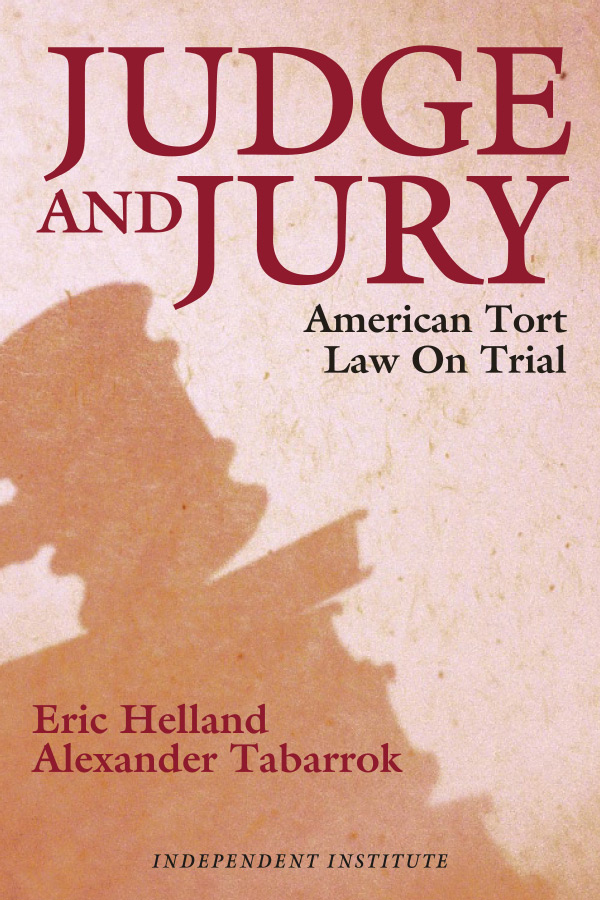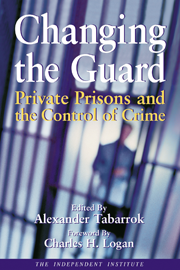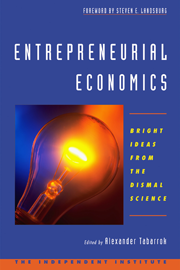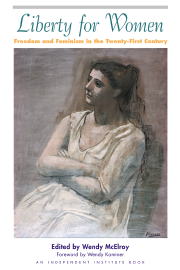Abstract: Reports about runaway jury awards have become so common that it is widely accepted that the US jury system needs to be "fixed." Juries, it is claimed, are swept away by emotional testimony from sympathetic victims. Juries are pro-plaintiff and anti-business. Proposals to alter the court system, usually by limiting the plaintiff’s right to a jury trial and increasing judicial discretion over awards, are common features of many tort reform plans. Such tort reform plans implicitly assume that judges decide cases differently than juries. Using a large sample trials, we show that there are large differences in mean awards and win rates across juries and judges. The mean jury award is hundreds of thousands of dollars higher than mean judge award and, somewhat surprisingly, win rates before juries are significantly lower than win rates before judges.
But if the types of cases coming before juries are different from those coming before judges, mean award and win rates may differ even if judges and juries would make the same decisions when faced with the same cases. How much of the difference in mean awards and win rates can be explained by differences in the sample of cases coming before judges and juries? To answer this question, we control for observable differences in case types, injuries, major differences in tort law across the states and other factors. Using data on settlements, trial mode and plaintiff success, we also control for unobserved sample selection effects. After controlling for observed and unobserved selection we find that 75% of the difference in judge and jury mean awards and 30% of the difference in win rates can be explained by sample selection effects. We then compare judge and jury decisions directly and show that on most dimensions we cannot reject the hypothesis that judges and juries make identical decisions. On some dimensions, however, there remain robust and suggestive differences between judges and juries.












